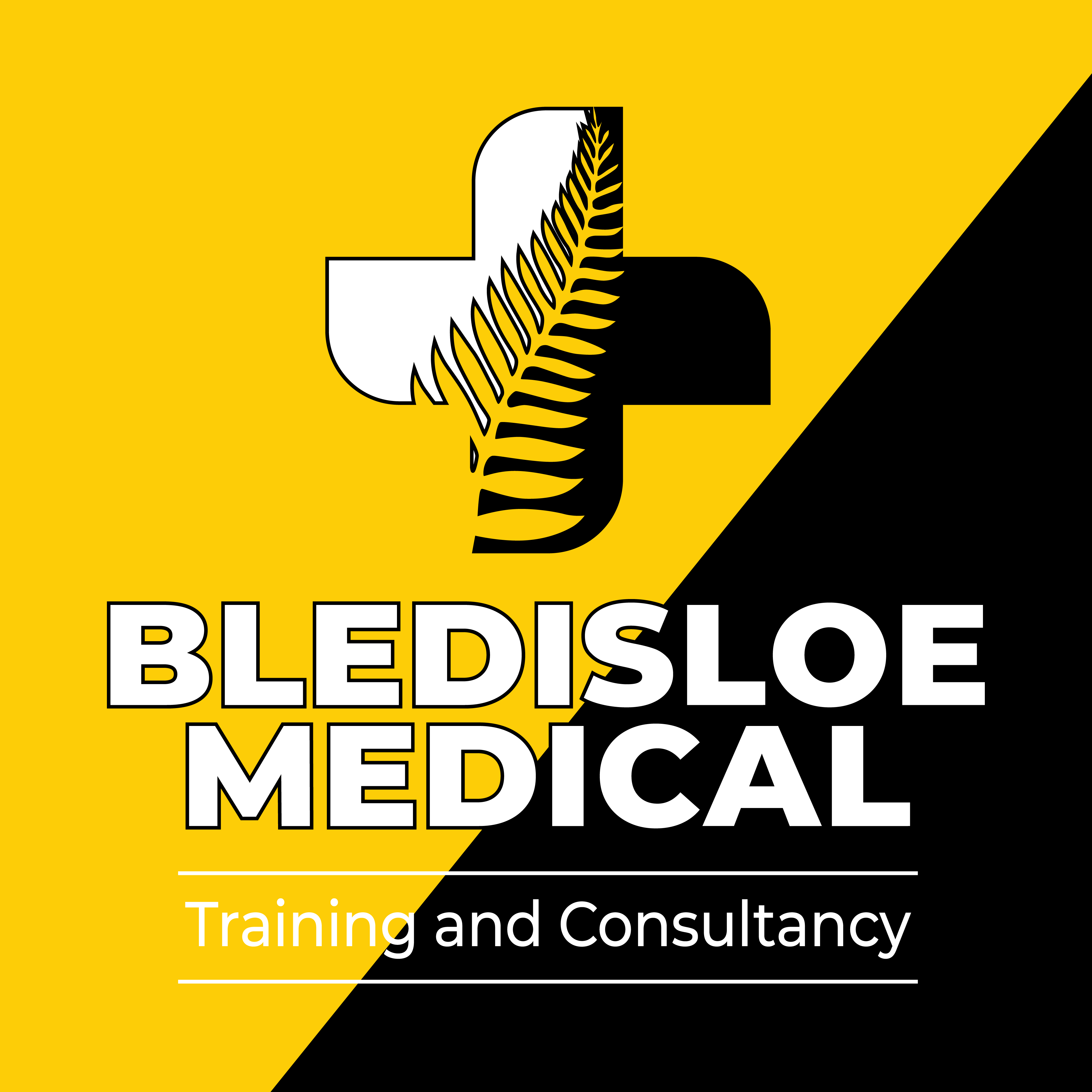What is Tactical Medicine?
Tactical medicine is the intersection of prehospital medical care and combat, both military and civilian alike. It focuses primarily on providing medical care from traumatic, violent injuries in threatening situations. It is regularly associated with military and “SWAT” team medics, but can range extensively beyond those realms.
Over the last decade and a half, tactical medicine has evolved significantly due to combat operations in Afghanistan and Iraq. Furthermore, the rise of post-9/11 terrorism and active shooter incidents has created an unprecedented demand for tactical medical resources domestically. As such, the lines between military, law enforcement, and emergency medical services have blurred.
Today, tactical medicine is recognised as a legitimate sub-specialty of medicine that is rapidly to evolving and is still difficult to define due to the wide-ranging forms takes to reflect the demands of varying operational environments.
The Alphabet Soup of Tactical Medicine
Due to the unique development of tactical medicine, there are several organisational bodies that guide the development of protocols and recommendations. There are also several certifications that seek to validate tactical skills.
On the military side, the Committee for Tactical Combat Casualty Care (CoTCCC) is the definitive body for developing tactical care for all military personnel and has served as the foundation for civilian tactical care. Tactical Combat Casualty Care (TCCC) guidelines are strictly for a combat setting, but they are the only guidelines endorsed by both the American College of Surgeons (ACS) and National Association of Emergency Medical Technicians (NAEMT).
On the civilian side, the Committee for Tactical Emergency Casualty Care (C-TECC) generally defines the civilian tactical emergency medical support (TEMS – a term generally associated with civilian tactical care) guidelines. Although there are several bodies that make recommendations for civilian tactical care, the C-TECC seems to be the most prevalent.


